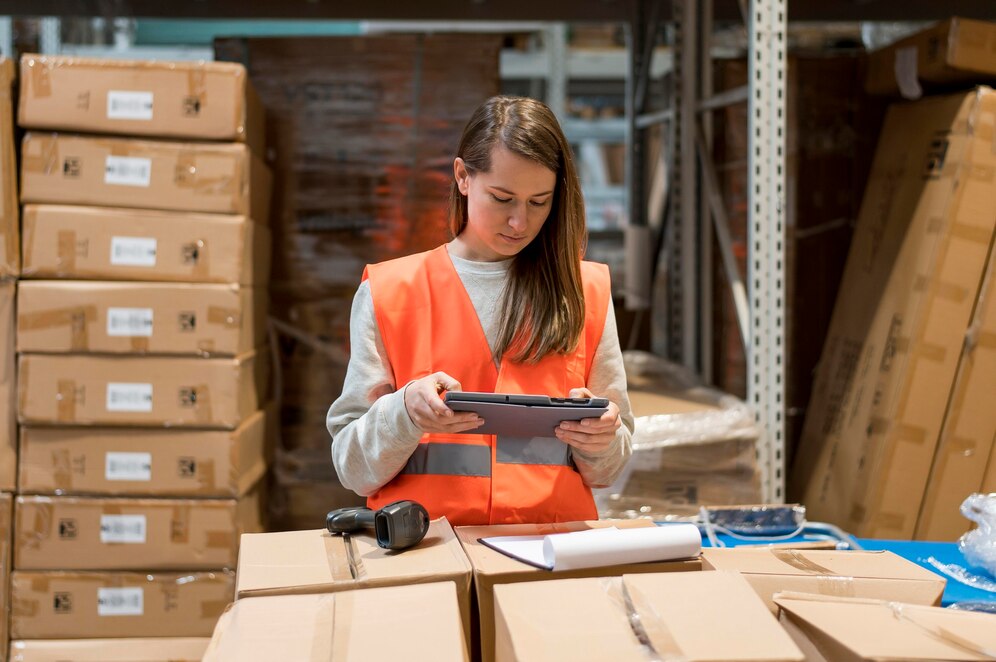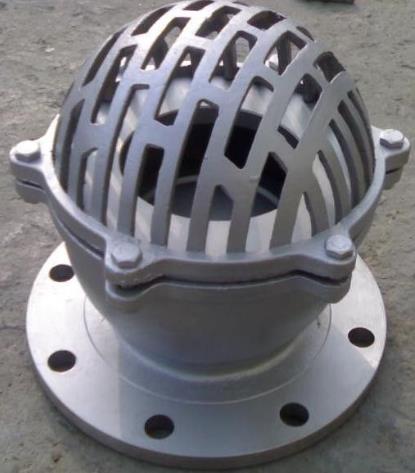Making soup in a busy restaurant means a kitchen that is always on the go. With all the hustle and bustle, it is easy for bigger cleaning jobs to be ignored on some days. Neglecting the regular cleaning will, however, generate huge problems from health code violations to being fire hazards. Cleaning schedules maintain the room safe, productive, and up to code. Here is how to compose a simple yet effective one.
Break It Down by Frequency
- Daily Tasks
Wipe all prep areas. Clean fryers, grills, and ovens after service. Sweep and mop floors. Take out trash. Check grease traps everyday. You may not need fill commercial grease trap cleaning daily, but daily checks help prevent bigger issues.
- Weekly tasks
Go deeper into areas not covered in daily cleaning. Clean under the equipment. Wash small appliances and cooler handles. Focus on ventilation parts. Schedule weekly commercial kitchen cleaning for fans and filters. This cuts grease buildup and improves air quality.
- Monthly Tasks
Once a month, bring in a professional crew. A full commercial kitchen cleaning will cover hood systems, ductwork, and equipment that your staff cannot clean well. This is also the right time for full commercial grease trap cleaning. It keeps your system flowing and your kitchen compliant.
- Yearly Maintenance
Once a year, review your entire setup. Check all fire safety systems. Plan a deep clean for vents, fans, and walls. Annual commercial kitchen cleaning helps meet safety codes and lowers your fire risk.
Stick to the Schedule
Consistency matters more than anything. A routine that includes professional commercial grease trap cleaning and regular commercial kitchen cleaning will save your time and money in the long run. It keeps your kitchen safe for your staff and clean for inspectors.
Work with a trusted company that knows what to do and when to do it. That way, your team can stay focused on the food while the pros handle the cleaning.






